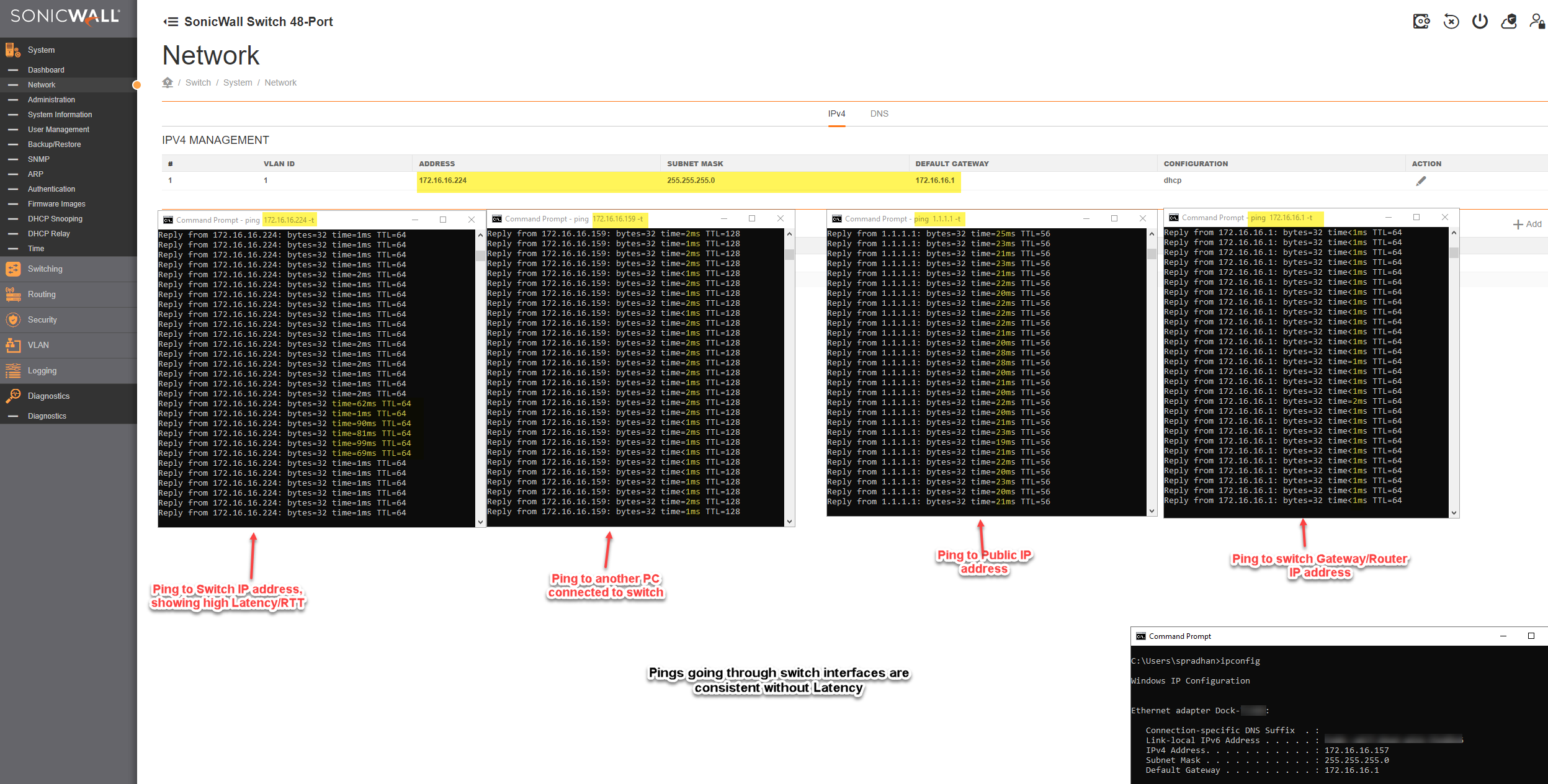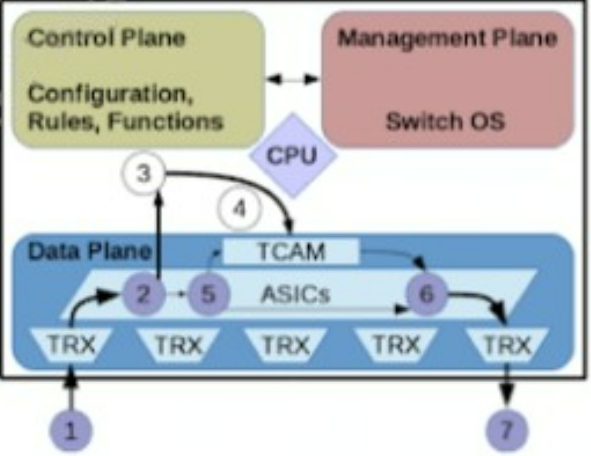-
Products
-
SonicPlatform
SonicPlatform is the cybersecurity platform purpose-built for MSPs, making managing complex security environments among multiple tenants easy and streamlined.
Discover More
-
-
Solutions
-
Federal
Protect Federal Agencies and Networks with scalable, purpose-built cybersecurity solutions
Learn MoreFederalProtect Federal Agencies and Networks with scalable, purpose-built cybersecurity solutions
Learn More - Industries
- Use Cases
-
-
Partners
-
Partner Portal
Access to deal registration, MDF, sales and marketing tools, training and more
Learn MorePartner PortalAccess to deal registration, MDF, sales and marketing tools, training and more
Learn More - SonicWall Partners
- Partner Resources
-
-
Support
-
Support Portal
Find answers to your questions by searching across our knowledge base, community, technical documentation and video tutorials
Learn MoreSupport PortalFind answers to your questions by searching across our knowledge base, community, technical documentation and video tutorials
Learn More - Support
- Resources
- Capture Labs
-
- Company
- Contact Us
ICMP Ping Latency with SonicWall switches



Description
- This article describes reasons why you get high latency in ping replies while pinging switch IP
- How you should actually check the latency through interfaces & why
Cause
When you send the ICMP ping to an IP address belonging to the switch itself(MGMT plane), it will be processed by a slow path (CPU), which needs to wait for the Switch OS scheduler to allocate the CPU/memory resources to handle the packet and send the reply. If the CPU is busy doing other higher priority tasks or memory is low, the ICMP reply will be delayed or even lost.
The best practice for testing switch links is to pass the traffic between workstations, so the traffic can take the fast path. Here is an example:

The intermittent high Latency/RTT for ICMP ping to switch IP is an expected behavior & to understand this behavior, we first need to know about the Logical planes & their functionality.
The various functions of network devices can be logically divided up (categorized) into planes: Logical 'planes'
- Data plane
- Control plane
- Management plane

Data Plane
- All tasks involved in forwarding user data/traffic from one interface to another are part of the data plane.
- A switch receives a message, looks at the destination MAC address, and forwards it out of the appropriate interface (or floods it).
- This includes functions like adding or removing 802.Iq VLAN tags.
- Deciding to forward or discard messages due to ACLs, port security, etc. is part of the data plane.
- The data plane is also called the ‘forwarding plane’
Control Plane
- How does a device’s data plane make its forwarding decisions?
- routing table, MAC address table, ARP table, STP, etc.
- Functions that build these tables (and other functions that influence the data plane) are part of the control plane.
- The control plane controls what the data plane does, for example by building the router’s routing table.
- The control plane performs overhead work.
For Example:
- STP itself isn’t directly involved in the process of forwarding frames, but it informs the data plane about which interfaces should and shouldn’t be used to forward frames.
- ARP messages aren’t user data, but they are used to build an ARP table which is used in the process of forwarding data.
Logical Planes Operation
- The operations of the Management plane and Control plane are usually managed by the CPU.
- However, this is not desirable for data plane operations because CPU processing is slow (relatively speaking).
- Instead, a specialized hardware ASIC (Application-Specific Integrated Circuit) is used. ASICs are chips built for specific purposes.
• Using a switch as an example:
- When a frame is received, the ASIC (not the CPU) is responsible for the switching logic.
- The MAC address table is stored in a kind of memory called TCAM (Ternary Content-Addressable Memory).
*Another common name for the MAC address table is CAM table*
-> The ASIC feeds the destination MAC address of the frame into the TCAM, which returns the matching MAC address table entry.
-> The frame is then forwarded out of the appropriate interface.
Resolution
Note: The best & effective way to test the Latency via Switch is to send traffic through the switch "Data Plane" instead of "Control" or "Management Plane"
A simple summary:
- When a device receives control/management traffic (destined for itself), it will be processed in the CPU.
- When a device receives data traffic that should pass through the device, it is processed by the ASIC for maximum speed.
Related Articles
- How to add SonicWall Switch manually to SonicWall UTM?
- How to configure Trunk and Access ports on SonicWall Switches using WNM
- How to enable/configure SNMP on sonicwall switches






 YES
YES NO
NO